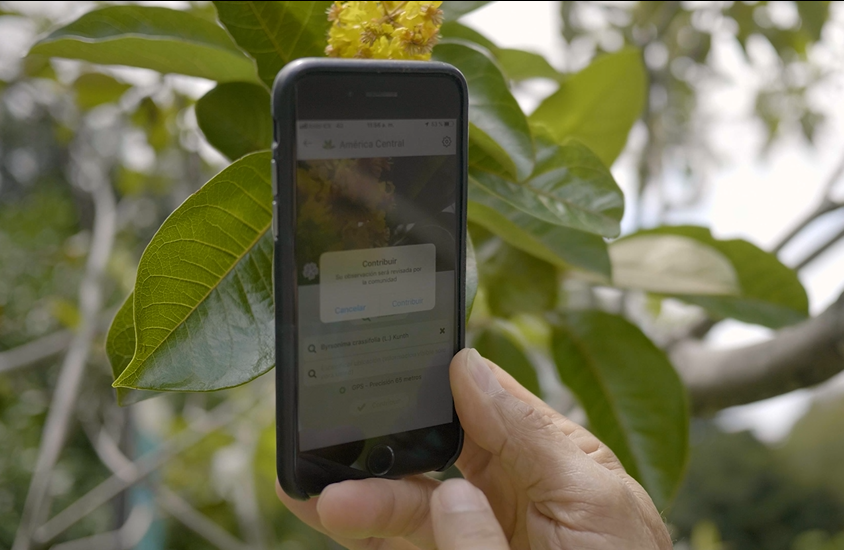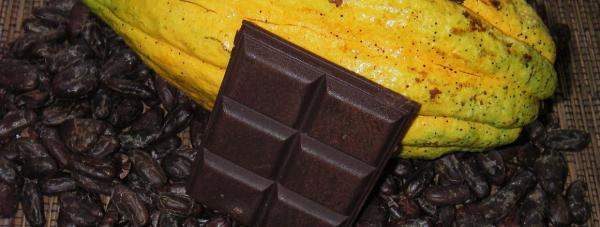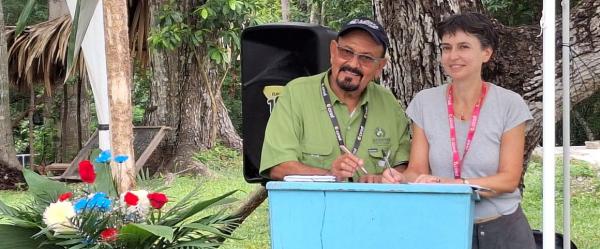Science at work 16 December 2025
- Home
- Press area
- Press releases
- PlantNet in Central America
Pl@ntNet is launched in Central America

Pl@ntNet can now be used in Central America © TEC
An initial public version of Pl@ntNet for Central America has just been released, thanks to contributions from botany, IT and digital science experts at the Organization for Tropical Studies (OTS), the Institute of Technology (TEC), CIRAD and INRIA, and renowned botanists such as Nelson Zamora Villalobos. The Spanish version of the app was officially launched on 20 June at a ceremony held on the TEC campus in Cartago, Costa Rica, attended by the Vice-President for Research and Extension at TEC and representatives from the Ministry of Environment and Energy and the French Embassy.
Close monitoring of plant biodiversity, thanks to 140 000 users each day
The app paves the way for new opportunities to monitor plant biodiversity closely, thanks to the large-scale participation of civil society, (the app now has 140 000 users each day).
"In future, we could well have recognition systems for tropical flora that work as well as those for temperate flora. In particular, this will depend on the quantity and quality of tropical data we are capable of gathering and structuring", says Pierre Bonnet, a botanist and CIRAD coordinator of the Pl@ntNet platform.
Researchers are hopeful, in the light of the results of the annual campaign to assess automated plant identification techniques, PlantCLEF. The campaign showed that although they are more limited for tropical than for temperate flora, automated visual approaches are similar to human expertise.
More than 20 000 global flora species can be identified using Pl@ntNet
Adapting Pl@ntNet to various floristic contexts in 2019, has contributed to three new thematic projects:
- on the global flora, covering more than 16 000 species,
- the flora of weeds in European crops (1300 species),
- and that of potentially invasive plants worldwide (around 900 species), being implemented with CABI and IUCN-France.
Pl@ntNet currently covers more than 20 000 species worldwide.
The Pl@ntNet project is led by a consortium including CIRAD, INRA, INRIA and IRD, in collaboration with a network of associations, including Tela Botanica.



























